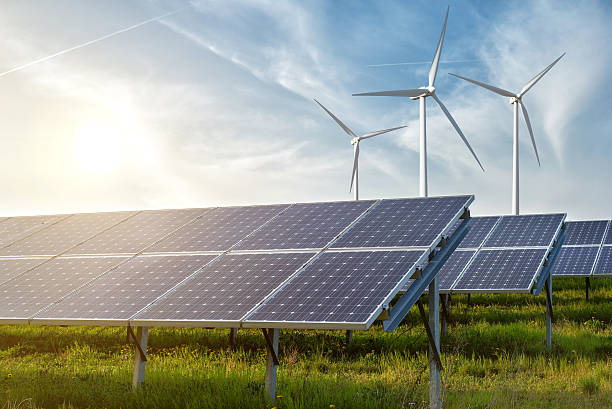
FAQ About Clean Energy
Clean Energy
2 years ago | gizem
What is hydropower and how does it work?
Hydropower, also known as hydroelectric power, is a form of clean and renewable energy that generates electricity by utilizing the kinetic energy of flowing or falling water. It is one of the oldest and most widely used sources of renewable energy worldwide. Hydropower systems typically involve the construction of dams, reservoirs, and turbines to harness the energy of water. Here's how hydropower works:
- Water Source: A river or stream is the primary water source used for hydropower generation. The water flow and elevation changes (water head) play crucial roles in determining the amount of energy that can be extracted.
- Dam Construction: In many hydropower projects, a dam is built across the river to create a reservoir or an artificial lake. The dam stores water, creating a controlled flow to optimize energy production.
- Penstock: The dam releases water through a large pipe called a penstock, which directs the water's flow towards the turbine.
- Turbine: The penstock carries the high-pressure water to the turbine, which is a mechanical device with blades. The force of the moving water causes the turbine to rotate.
- Generator: The rotating turbine is connected to a generator, which is a machine that converts mechanical energy into electricity. As the turbine spins, it drives the generator's rotor, creating electromagnetic induction, and generating electrical power.
- Electrical Grid: The electricity produced by the generator is typically in the form of alternating current (AC). It is then transmitted through power lines to the electrical grid, where it can be distributed to homes, businesses, and other consumers.
- Environmental Considerations: Hydropower projects must consider the environmental impact of altering river ecosystems and the potential displacement of communities due to the creation of reservoirs. Sustainable practices, such as fish ladders and environmental flow releases, are implemented to mitigate ecological consequences.
Types of Hydropower:
There are different types of hydropower systems based on the water flow characteristics:
- Run-of-the-River: This type of hydropower system does not require a large reservoir. It diverts a portion of the river's flow through turbines to generate electricity.
- Reservoir Hydropower: In this system, a dam creates a reservoir, allowing for more control over the flow of water. Water can be released in varying amounts as needed to match electricity demand.
- Pumped Storage: Pumped storage hydropower facilities consist of two reservoirs, one at a higher elevation than the other. During times of low electricity demand, excess power from the grid is used to pump water from the lower reservoir to the upper one. When electricity demand is high, the stored water is released back to the lower reservoir through turbines to generate electricity.
